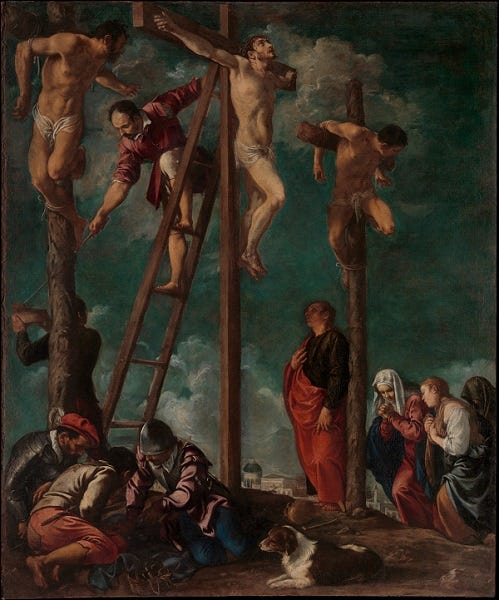
If you ever want to get snarky in a Sunday School lesson (heaven forbid) then one of the best questions to ask is this: What is the most grievous or worst sin someone can commit? A person in the class, most likely a man over the age of 60, will raise their hand and say that it is the “unpardonable sin” or denying the Holy Ghost. You can then say that this is not true. Point to D&C 64:9 and say that actually the greatest possible sin is to not forgive someone who has denied the Holy Ghost. The Lord clearly states that failing to forgive someone is automatically a “greater sin” than whatever it was they did. Then you can watch chaos erupt in the classroom.
The reason this will probably bring chaos (or at least a few immediate and subtly hostile comments) is because there is a whole intellectual cottage industry among the saints of ranking sins based on how bad they are. Books like The Miracle of Forgiveness have fleshed out hierarchies that some people take very seriously.
Now, I don’t think the clear delineation of sins and the recognition of the different harmful effects they have is inherently evil. But I also don’t think it is one of what Jesus called “the weightier matters of the law” (Matt. 23:23). In many ways, asking someone to identify the greatest sin is similar to the Pharisaic question famously asked of Jesus: “Which is the greatest commandment in the law?” (Matt. 22:36).
But really, this all comes down to intention and aims. There are a variety of uses to which a delineation and hierarchy of different sins can be put. One purpose could be to help someone understand the seriousness of a particular sin and thus spur that person to repentance. This is what Alma is up to in Alma 39:5-7, probably the most cited hierarchy of sin in Latter-day Saint scripture. Spencer W. Kimball is doing something similar in The Miracle of Forgiveness, though he also seems to look beyond just individual calls to repentance to a more collective, sociological judgment about a more and more permissive society. While we might have some questions about how various sins relate to each other in these hierarchies1 these all seem like worthy and righteous aims.
This all changes when a hierarchy of sin is treated as a piece of arcane knowledge that marks someone who has a lot of gospel knowledge and thus ought to be listened to. This is something the Pharisees were guilty of. It leads very quickly to a sense of pride and superiority that Jesus clearly condemned, with all that business about “judge not” and motes and beams.
Taken too far, this can lead to excusing supposedly smaller sins, especially when found in ourselves. This can quickly destroy us. It will lead us to “strain at a gnat, and swallow a camel” (Matt. 23:24). The gnat is whatever sin a person may be guilty of, and the camel is the idea that we are not equal before God. The Lord cares far more about the binary category between penitent and rebellious sinners than He does about the finer gradations of any hierarchy of different sins.
So that is what the “greater sin” is all about. Failing to forgive is ultimately a denial of the healing power of Christ and a rejection of God’s view of the world. It says, “Whatever someone else did to me is more important than the plans that God has or reconciling with others.” Jesus taught the opposite of that way of thinking. His way is not the easiest way; it leads to the cross. But it also leads through the cross to the empty tomb and on to eternal life.
For example, if murder is worse than adultery, is punching someone worse than viewing pornography?



